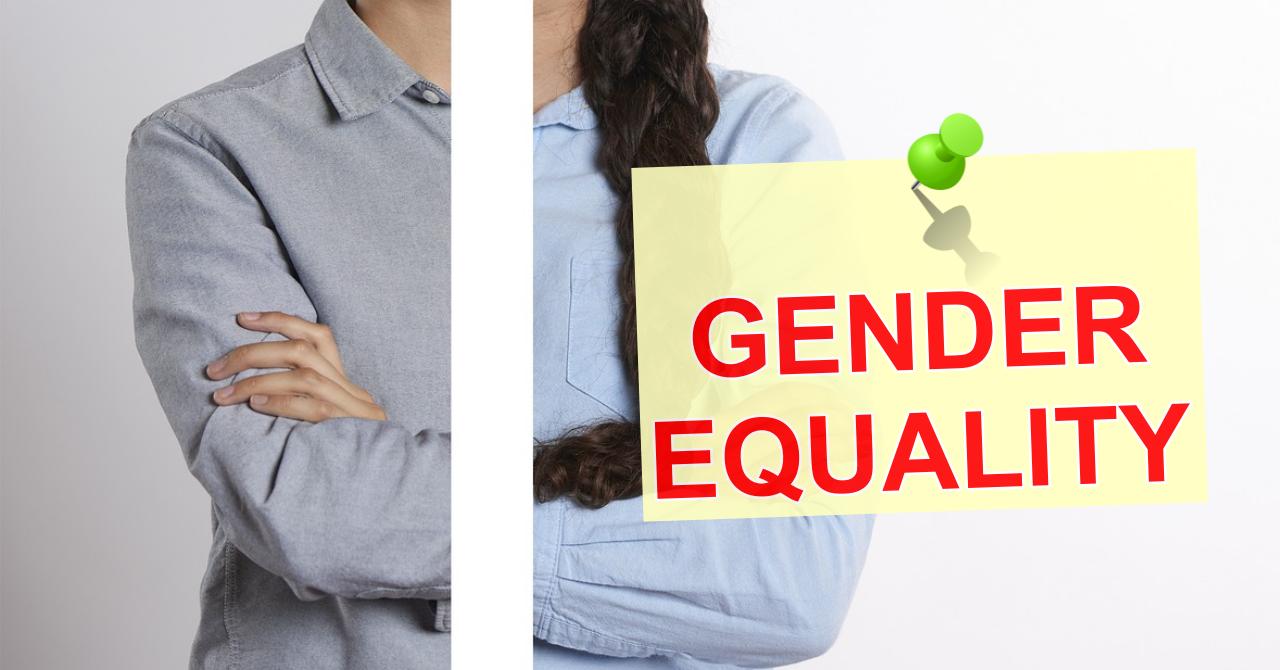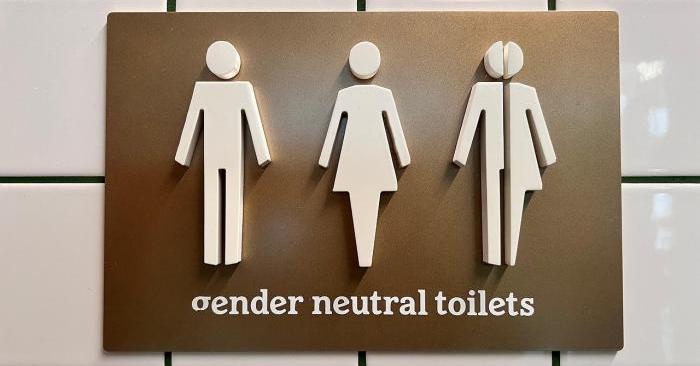Have you ever been passed over for a promotion because of your gender? Or perhaps you’ve experienced sexual harassment in the workplace? Both of these are examples of gender-related abuse and discrimination.
To help address and prevent such cases, the Taiwan government enacted the Gender Equality in Employment Act. This law aims to promote and protect gender equality in the workplace, while seeking to eliminate gender discrimination through various measures.

Gender Equality in Employment Act: All You Need to Know
The Gender Equality in Employment Act includes provisions for: the prohibition of gender discrimination, prevention and correction of sexual harassment, and measures for promoting equality in employment. Let’s take a closer look at each of these provisions, as featured in the Laws and Regulations Database of the Ministry of Justice (MOJ):
Prohibition of Gender Discrimination
According to Articles 7 to 11 of the Gender Equality in Employment Act, here are the prohibitions of gender discrimination in the workplace:
- Employers shall not discriminate against applicants or employees based on their gender or sexual orientation. This applies to periods of recruitment, screening, hiring, placement, evaluation, and promotion;
- Employers shall not discriminate against employees based on their gender or sexual orientation when it comes to providing education, training, and other related activities;
- Employers shall not discriminate against employees based on their gender or sexual orientation with regards to the provision of welfare measures;
- Employers shall not discriminate against employees based on their gender or sexual orientation when it comes to the payment of wages; and
- Employers shall not discriminate against employees based on their gender or sexual orientation with regards to retirement, discharge, severance, and termination.
Prevention and Correction of Sexual Harassment
When it comes to preventing and correcting sexual harassment, Article 12 of the Gender Equality in Employment Act first defines “sexual harassment” in two ways:
- When an employer explicitly or implicitly makes a sexual request (verbal or physical) towards an applicant or an employee, in “exchange” for their recruitment, evaluation, compensation, promotion, or other work-related decisions; OR
- When any person makes a sexual request, be it verbal or physical, toward an employee, thus resulting in a hostile, offensive, and intimidating working environment that not only affects the employee’s job performance, but also infringes on his/her personal dignity.
In other words, sexual harassment typically involves the use of one’s power or authority against an applicant or employee who is under the person’s command or supervision.
Measures for Preventing Sexual Harassment
To help prevent sexual harassment in the workplace, employers are required to take the following measures:
- Employers with 10 to 30 employees shall establish a “complaint” channel and display it publicly in the workplace; and
- Employers with more than 30 employees shall establish measures for preventing and addressing sexual harassment, including the establishment of complaint procedures and disciplinary policies.
Measures for Addressing Sexual Harassment Cases
Notably, when employers are informed or become aware of sexual harassment cases, they are required to take the following measures immediately:
- Take measures to prevent the “recurrence” of sexual harassment against the complainant;
- Provide or refer the complainant to counseling (medical or psychological), social welfare, and other essential services;
- Investigate the sexual harassment case; and
- Administer the appropriate disciplinary actions against the perpetrator.
Furthermore, employers shall notify the local competent authorities, who will provide assistance in investigating the case, enforcing measures, and providing other necessary services.
Measures for Promoting Equality in Employment
Aside from establishing measures to prevent and address sexual harassment in the workplace, employers are also reminded to provide leave days to their employees. Based on Articles 14 to 20 of the Gender Equality in Employment Act, these leave days include the following:
- Menstrual Leave. This is a paid leave (half of the regular wage) given to female employees who have difficulties at work during their menstruation period. They may request one day of menstrual leave each month.
- Maternity Leave. This is an eight-week paid leave that pregnant employees may take before and after they give birth. During their pregnancy, they may also take seven days of leave for medical check-ups. In addition, their spouses can take a seven-day paternity leave to accompany them during check-ups and when they give birth.
- Parental Leave. This is an unpaid leave given to employees who would like to take some time off to care for their children below three years old.
- Family Care Leave. This leave is given to employees who need to take care of a family member or handle other family concerns. This leave shall not exceed seven days within one year.
Rooms and Facilities
Additionally, Article 23 states that employers with 100 or more employees are required to provide breastfeeding (or breast milk collection) rooms for breastfeeding mothers, as well as childcare facilities or other childcare measures for employees with young children.
Gender Neutral Bathrooms
Other than breastfeeding rooms and childcare facilities, some companies have also established gender neutral bathrooms in their offices.
The Workforce Development Agency (WDA) of the Ministry of Labor (MOL) states that a “gender neutral bathroom” is “designed to accommodate the needs of different genders, diverse groups, families with children, and people with reduced mobility.” It provides a space that is safe, comfortable, and convenient for everyone to use.
According to the WDA, having gender neutral bathrooms is advantageous because these are:
- Multifunctional in Design. These bathrooms are equipped with diaper changing tables, designated spaces for persons with disabilities, and other features.
- Gender Sensitive. These bathrooms serve as safe spaces for people of all genders.
- Reduces Long Queues. Long queues are common in women’s bathrooms. With the addition of gender neutral bathrooms, these long queues can be reduced.
How to Report Gender Discrimination
If you experience discrimination, sexual harassment, and other forms of misconduct because of your gender, do not hesitate to file a complaint with your employer or with the company’s human resources department.
However, if the perpetrator is your employer, or if the employer/company has not addressed your complaint or taken disciplinary actions, Article 32-1 states that you can go to the nearest local police station or call the 1955 Foreign Workers Hotline for help and support.

In this day and age, no one should ever have to experience bullying, discrimination, sexual harassment, and other forms of abuse just because of their gender or sexual orientation. Thanks to the Gender Equality in Employment Act, workers in Taiwan can rest assured that their rights, dignity, and well-being are always protected.
Speaking of gender, did you know that there are certain jobs with preference for mostly female workers? Check out this article to learn about jobs that are available for female OFWs in Taiwan.
